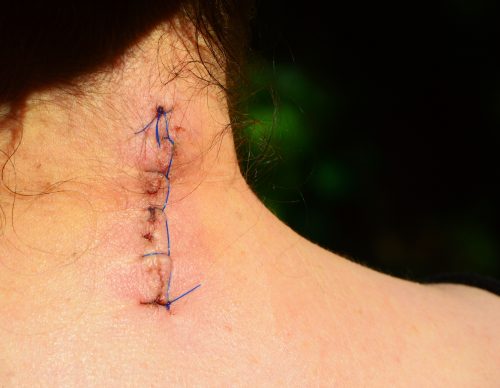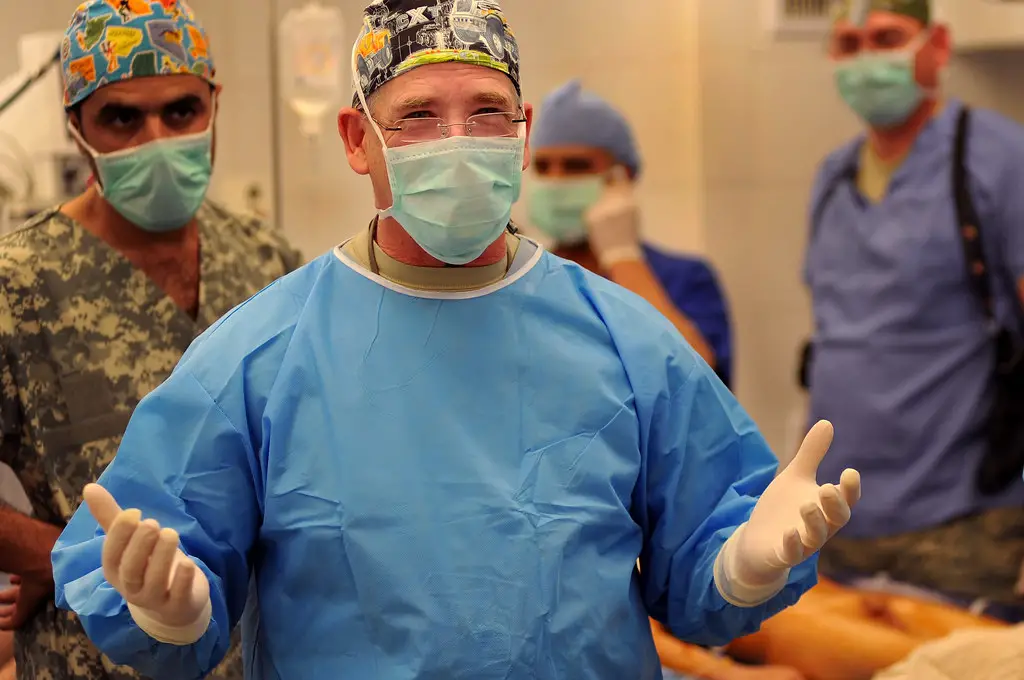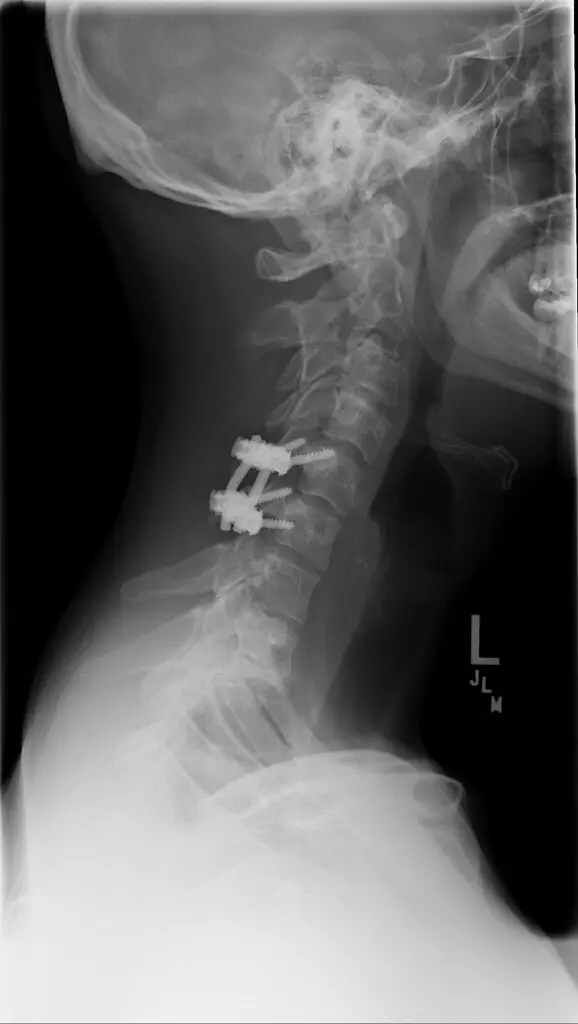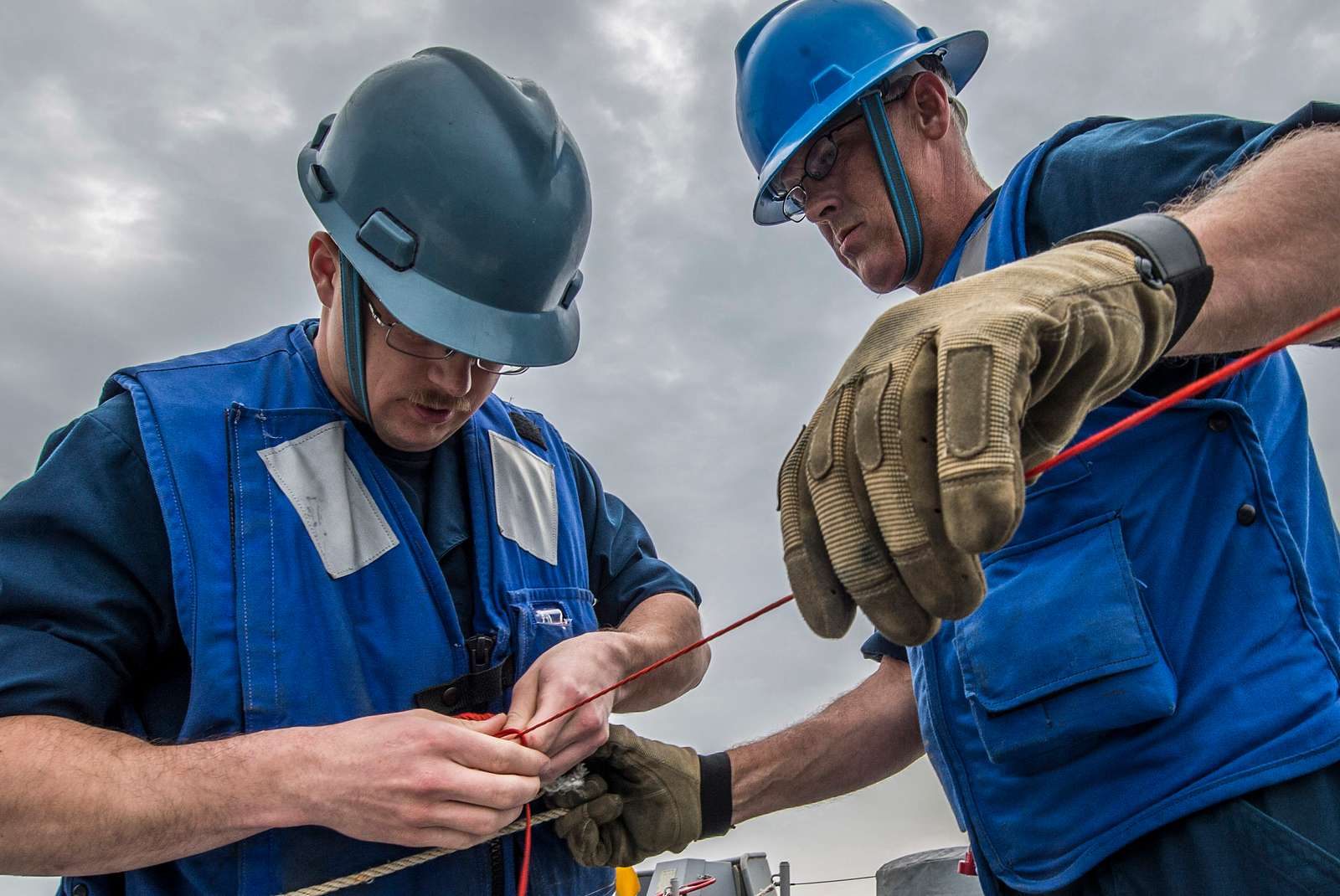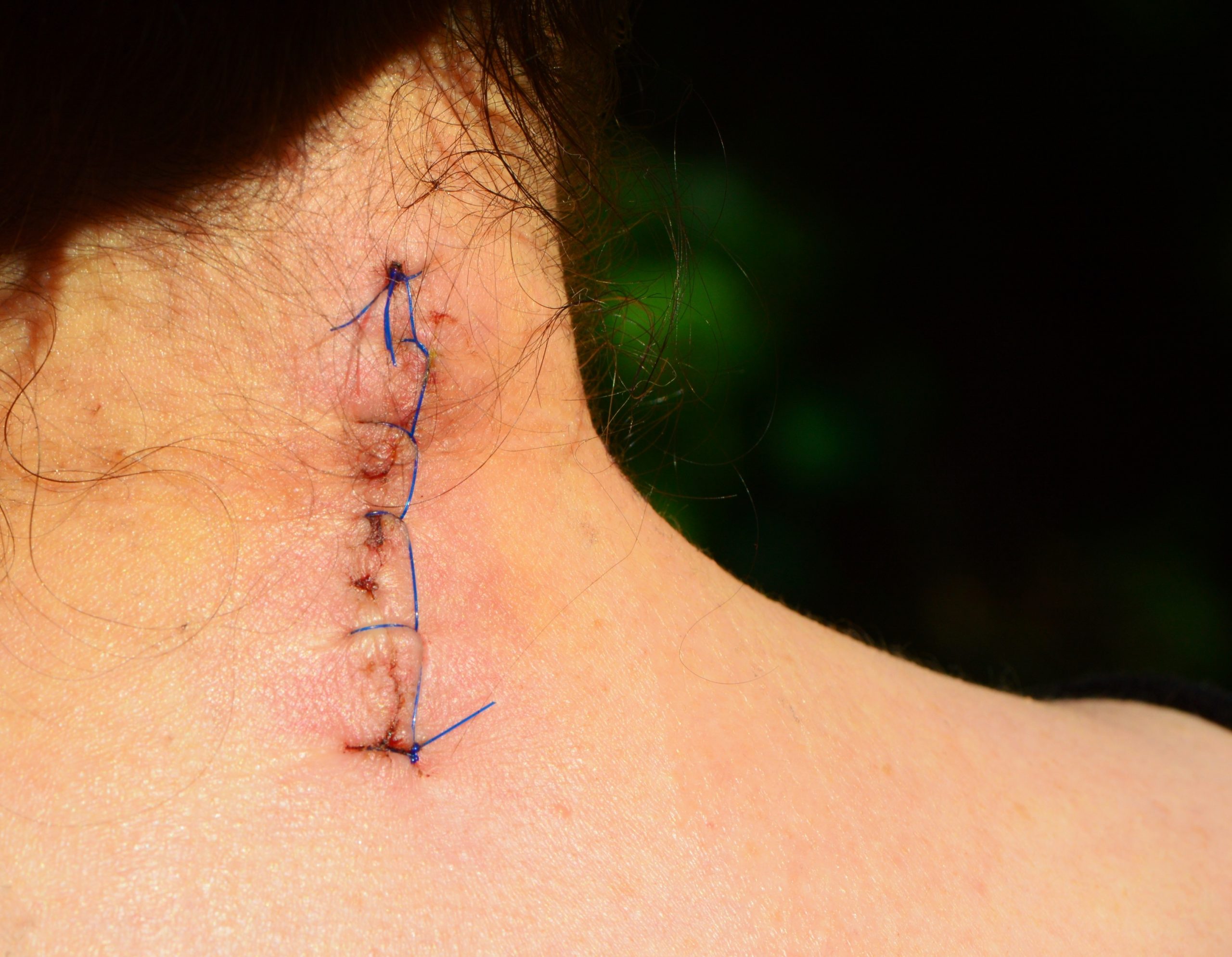If you undergo a surgical intervention to merge your cervical spine, you will probably go home the same day. You will probably need help at home for the first few days.
You may also need a splint or collar to protect your neck during the early stages. Afterwards, you can start rehabilitation after receiving the green light from the doctor. This article explains what the re-education and how she can help you recover from the operation.
Cervical Spine Anatomy
THEcervical arthrodesis is a type of surgery used to fuse the vertebrae by the neck. This procedure is generally performed to relieve pain and/or correct a deformity. It can also be performed to stabilize the spine after a fracture or dislocation.
Merging is achieved by placing a bone graft between the vertebrae. This material can be your own bone or an artificial bone. The graft will eventually grow and fuse the vertebrae together.
In some cases, metal rods, plates, or screws are used to hold the vertebrae in place while fusion occurs.
Although cervical arthrodesis Although a very effective procedure, it does come with some potential risks and complications. These include infections, bleeding, blood clots, nerve damage and problems with the artificial materials used.
Before undergoing this procedure, be sure to discuss all potential risks and complications with your surgeon.
Click here for more information on rehabilitation after a cervical arthrodesis.
Post-operative rehabilitation
The objectives of rehabilitation after a cervical arthrodesis are:
- To reduce pain,
- To find an optimal function,
- To resume leisure and professional activities.
Patients with good preoperative condition, adequate postoperative immobilization and pain residual cervical minor can start a physical therapy (physiotherapy) program as early as 2 weeks after the operation.
Exercises are initiated gradually and increase in intensity as tolerated. The goal is to regain full range of motion in the neck, shoulder and elbow while minimizing stress on the fusion. A home exercise program is essential to achieving these goals.
Return to work and recreational activities is determined individually based on preoperative activity level, job demands, functional goals, and expected time for fusion healing.
Most patients can return to light office work within 4 to 6 weeks postoperatively and can return to more strenuous activity within 3 to 6 months postoperatively. Returning to contact sports is generally discouraged due to the risk of re-injury.
Procedure
Un physiotherapist (physiotherapist) is a medical professional who helps patients regain their physical abilities after injury or surgery. After cervical arthrodesis, it is essential that patients follow a postoperative protocol issued by the surgeon to ensure a good recovery.
This procedure varies from person to person, and may include exercises to improve range of motion and strength, as well as manual manipulation and massage.
The objective of this rehabilitation is to help the patient regain his normal function so that he can resume his daily and professional activities. With the help of a physiotherapist (physiotherapist)), patients who have undergone cervical arthrodesis can expect a full recovery.
Initial focus on pain and inflammation
The first few weeks after the operation are crucial, as it is all about reducing pain and inflammation. To do this, various methods are used, including ice, heat and massage.
Painkillers may also be prescribed. Once the pain and inflammation begin to improve, the physical therapy begins. Its intensity will gradually increase as the patient recovers.
Find mobility
The objective of the physiotherapy is to restore range of motion and strength. The whole rehabilitation process can take several months, but with dedication and hard work, most patients manage to become functional again.
Patients may be required to temporarily wear a cervical collar to limit these movements in the initial phase. The gentle and progressive mobility that will follow is an important part of rehabilitation after a cervical arthrodesis, as it can help prevent soft tissue and bone damage.
muscle activation
Your cervical spine is responsible for the movement and stabilization of your head. The bones, muscles and joints in your neck work together to support your head and allow you to move it in all directions.
However, when these tissues are damaged or not functioning properly, it can lead to problems with cervical stabilization.
The result is muscle pain and weakness, as well as an increased risk of injury. Fortunately, the phenomenon is reversible, and there are a number of exercises that can help improve cervical stabilization.
These exercises help strengthen the muscles and joints in your neck, as well as improve your range of motion. Additionally, they can help reduce pain and promote healing. If you are having problems with cervical stabilization, Ask your doctor or physical therapist what exercises are best for you.
How to achieve a (near) complete recovery?
The process of returning to previous levels of functioning is known as functional rehabilitation. It can be a long process that requires the person to relearn skills they have lost due to injury or illness.
The emphasis is on gradual return to activity, with the ultimate goal being a return to pre-injury levels of functioning. In order to prevent further injury or disability, it is important to focus on postural hygiene and maintaining skills.
Regular physical activity and a reduction in static postures helps prevent strain on muscles and joints, while maintaining skills ensures that the person is able to perform activities safely and efficiently.
La functional rehabilitation is an important part of the healing process, and by focusing on prevention, individuals can improve their chances of getting a full and rapid recovery.

